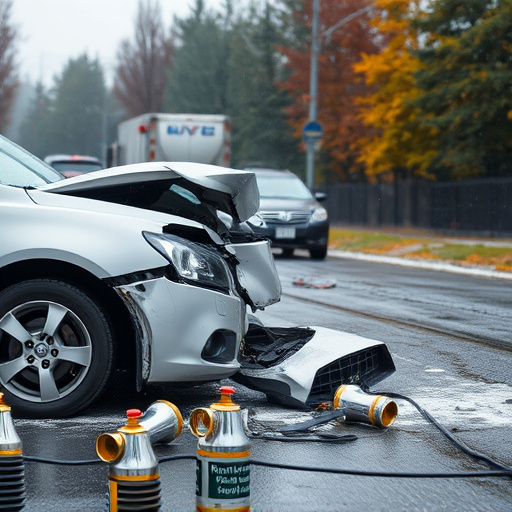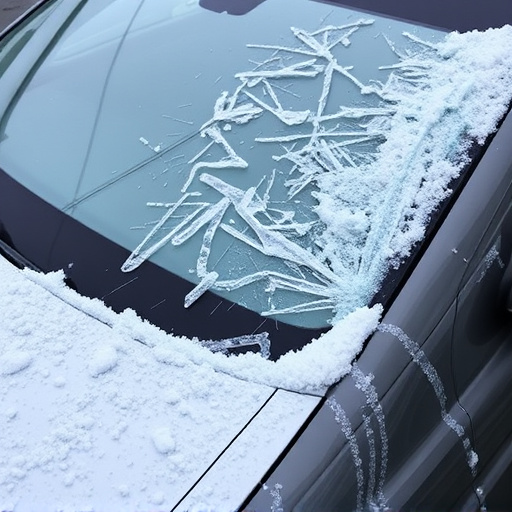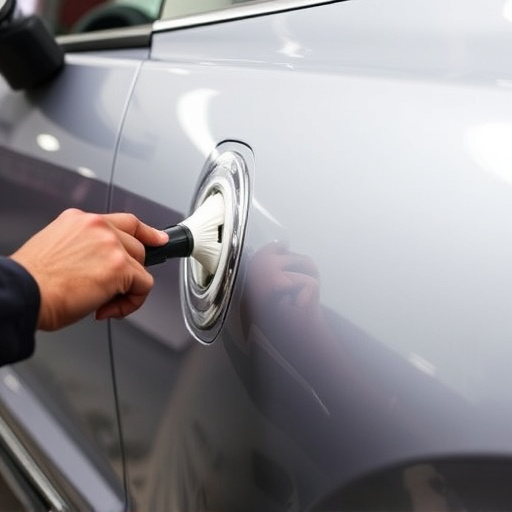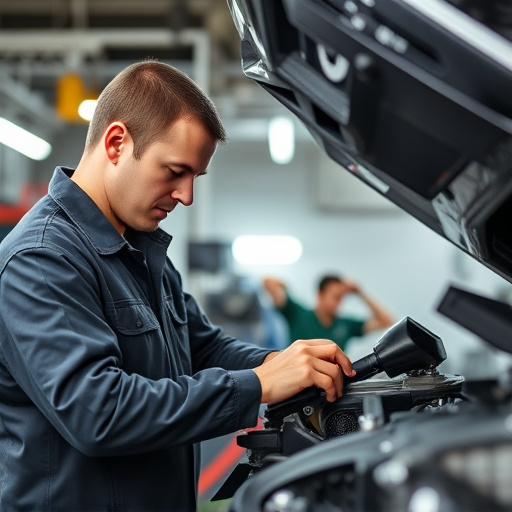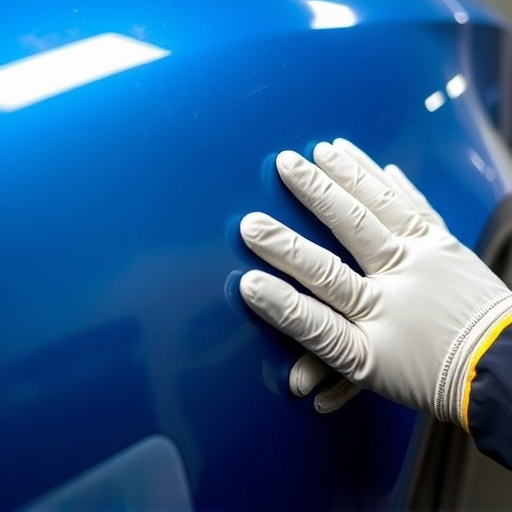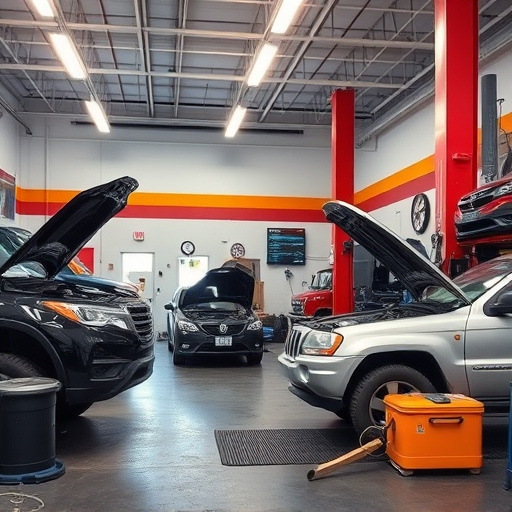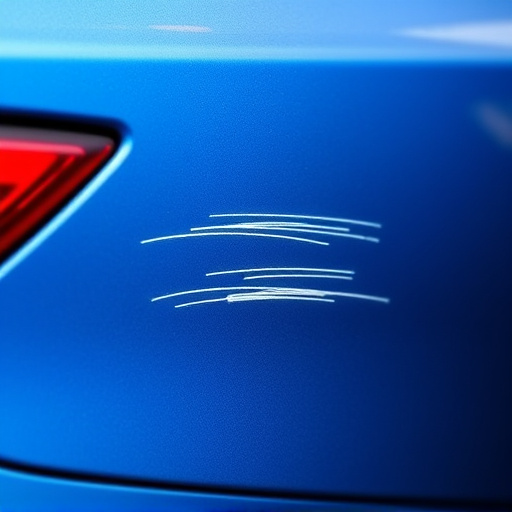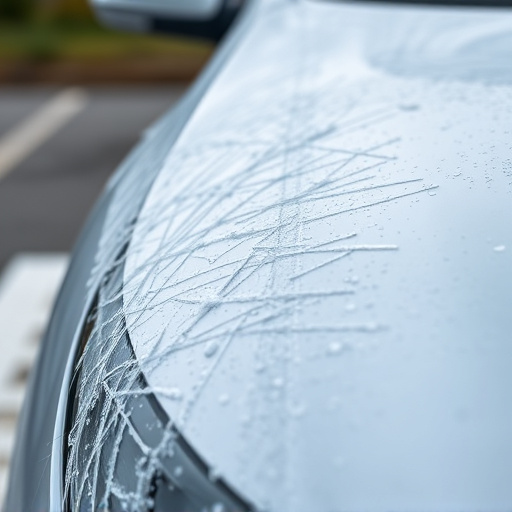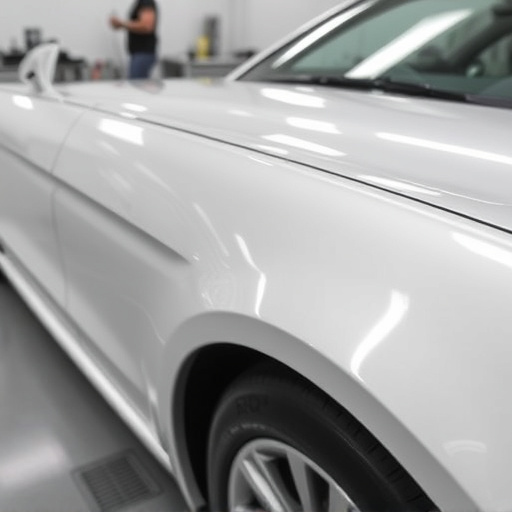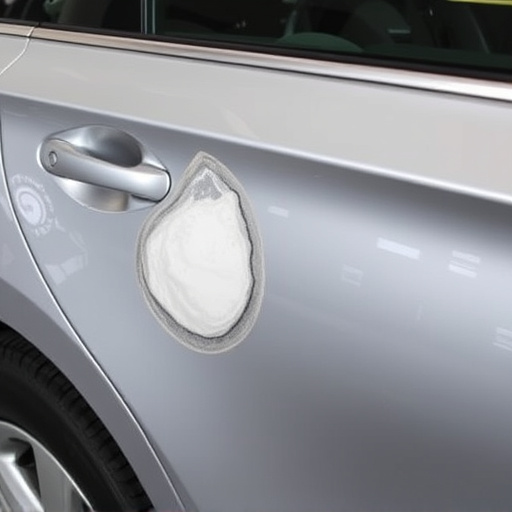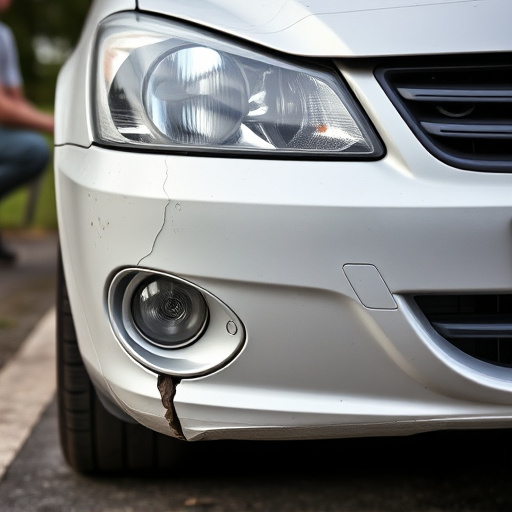Waterborne paint technology offers an eco-friendly alternative to traditional solvent-based paints, reducing VOC emissions and air pollution. It provides superior coverage, faster drying times, and reduced cure temperatures for dent repair, ensuring long-lasting protection against corrosion and chipping with low odor and flexibility. This technology is revolutionizing automotive body work, prioritizing environmental sustainability and enhancing customer satisfaction.
“Discover the transformative power of waterborne paint technology, a revolutionary approach to the painting industry. This article uncovers the profound benefits and unique properties that set waterborne paints apart. From their environmental advantages, promoting greener practices, to exceptional performance and durability, these paints offer a sustainable solution for various applications. Explore how this innovative technology is reshaping the landscape of painting, ensuring long-lasting results while minimizing ecological impact.”
- Unlocking Advantages: Waterborne Paint's Unique Properties
- Environmental Impact: Greener Solutions for Painting
- Performance and Durability: What Sets It Apart?
Unlocking Advantages: Waterborne Paint's Unique Properties
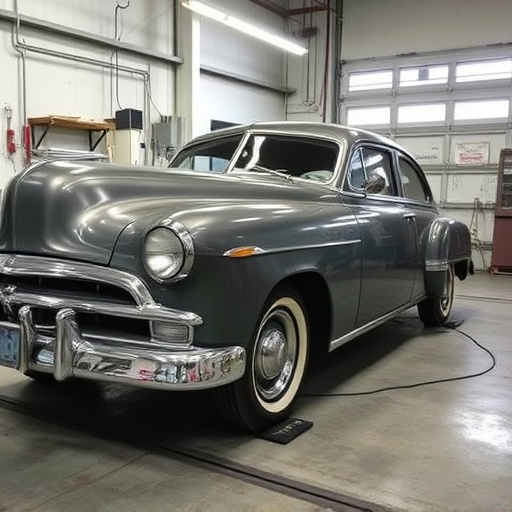
Waterborne paint technology offers a unique set of properties that unlock significant advantages for various industries, including automotive and hail damage repair. Unlike traditional solvent-based paints, waterborne paints are formulated using water as the primary carrier, replacing toxic solvents. This shift to waterborne technology provides numerous environmental and health benefits, making it an eco-friendly choice. The use of water as a carrier results in lower volatility organic compound (VOC) emissions, reducing air pollution and the risk of respiratory issues for workers.
Moreover, waterborne paints offer excellent performance characteristics. They provide superior coverage, allowing for faster drying times and reduced cure temperatures, which is particularly beneficial for dent repair processes. The low-odor nature of these paints makes them more comfortable to use in enclosed spaces, enhancing worker satisfaction. Additionally, their flexibility and durability ensure long-lasting protection against corrosion and chipping, even in harsh environments. For car paint services, this translates into enhanced aesthetics and increased customer satisfaction.
Environmental Impact: Greener Solutions for Painting

Waterborne paint technology is transforming the way we think about painting, particularly in terms of its environmental impact. Unlike traditional solvent-based paints, waterborne options use water as their primary carrier, significantly reducing the release of volatile organic compounds (VOCs) into the atmosphere. This shift towards greener solutions is not just a trend; it’s a crucial step toward mitigating air pollution and improving overall air quality, especially in urban areas where vehicle emissions are a significant concern.
For instance, in classic car restoration or fleet repair services, professionals are increasingly adopting waterborne paint technology to achieve high-quality finishes while minimizing their environmental footprint. In a vehicle body shop setting, this means cleaner working conditions for technicians and reduced exposure to harmful fumes. Moreover, waterborne paints offer excellent durability and adherence, making them a viable alternative not just for aesthetics but also for sustainability in the long run.
Performance and Durability: What Sets It Apart?
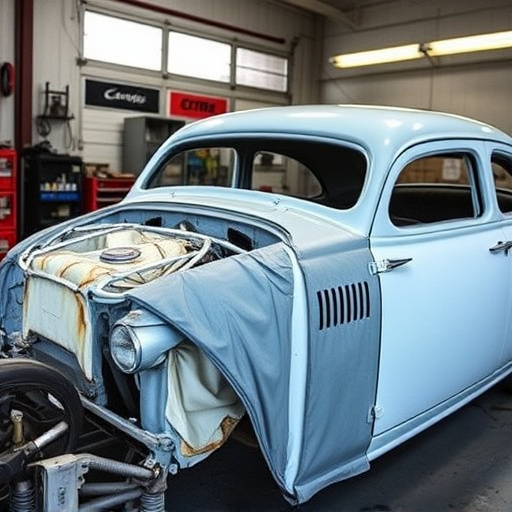
Waterborne paint technology has emerged as a game-changer in the automotive body work and car paint repair industries. Unlike traditional solvent-based paints, waterborne paints are formulated using water as a carrier, making them significantly less hazardous to both users and the environment. This eco-friendly aspect is just one of many advantages that set this technology apart.
In terms of performance and durability, waterborne paints offer superior results in several ways. They provide excellent coverage and fast drying times, which reduces the time required for auto collision center operations. Moreover, these paints are highly resistant to fading, chipping, and cracking, ensuring a longer-lasting finish for vehicles undergoing repair. This enhanced durability not only saves money in the long run but also contributes to the overall aesthetic appeal of the vehicle.
Waterborne paint technology offers a compelling blend of environmental friendliness, exceptional performance, and unique properties that set it apart in the painting industry. By embracing this innovative approach, professionals can contribute to a greener future while delivering superior durability and finish. The benefits extend from reduced environmental impact to improved workability, making waterborne paints a sustainable choice for various applications.
